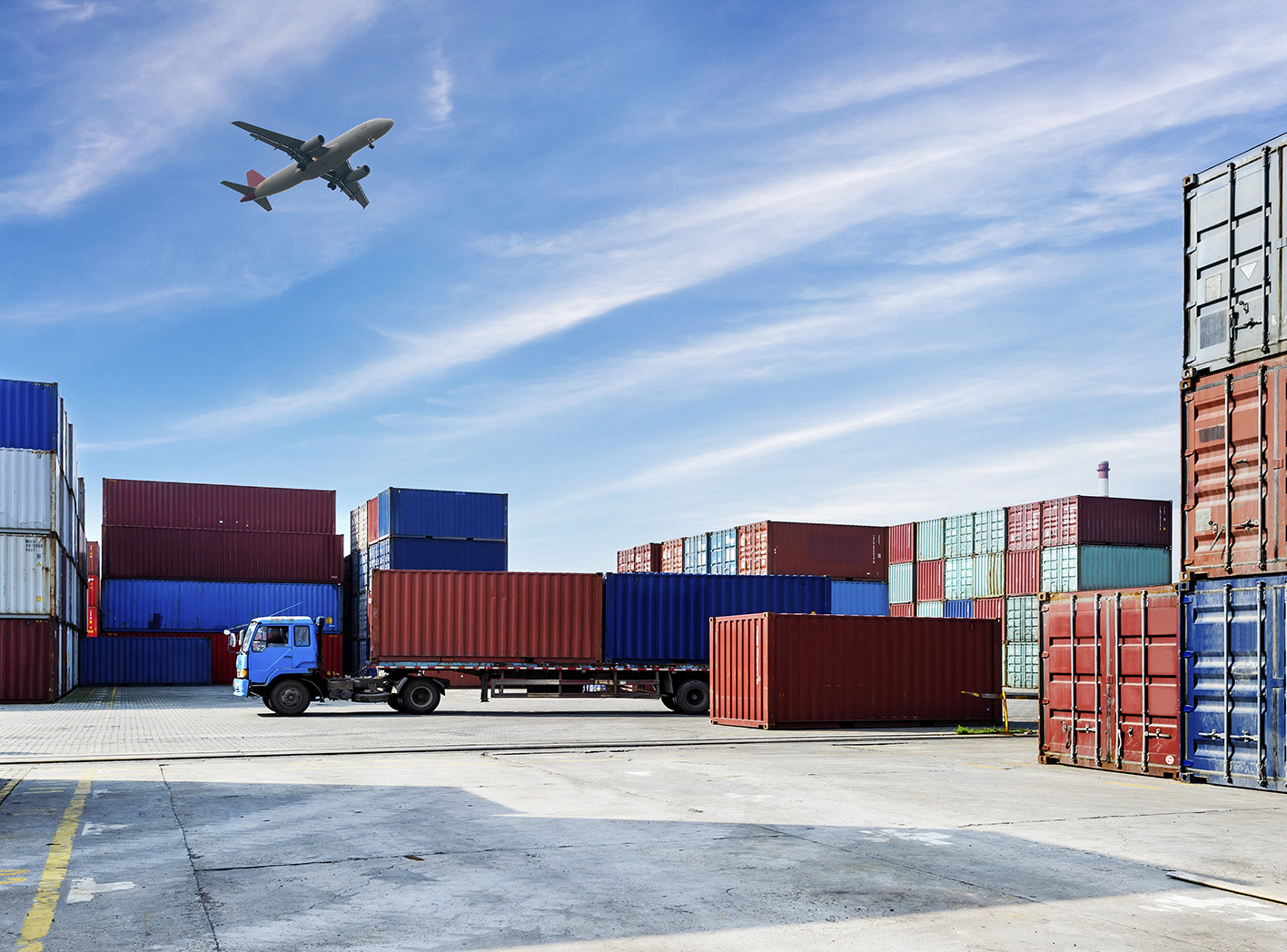RIO DE JANEIRO, BRAZIL – Brazilian industrial production was eight percent higher in July than in June, the Brazilian Institute of Geography and Statistics (IBGE) revealed on Thursday, September 3rd, higher than expected by economists. On the year-on-year comparison, the decrease stood at three percent.
The economists’ median projection compiled in the Bloomberg consensus was for an increase of 5.9 percent in the indicator in the monthly comparison, after recording an 8.9 percent increase in the preceding calculation. In the year-on-year comparison, the projection was for a six percent decline, after dropping nine percent in the preceding month.

With the July increase, there were three consecutive months of growth, offsetting part of the 27 percent loss accumulated in March and April, a time of increased social isolation due to the COVID-19 pandemic, which impacted the production process in several manufacturing units in the country. However, the growth was still insufficient to compensate for the accumulated drop in March and April, which brought the production level to its lowest point in the historical series, highlights IBGE.
In relation to July 2019 (series with no seasonal adjustment), the three percent drop marked the ninth consecutive negative result in this comparison. As a result, the sector accumulated a 9.6 percent decline in the year. In twelve months, the decline stood at 5.7 percent, marking the sharpest drop since December 2016 (-6.4 percent) and accelerating the loss compared to preceding months.
Monthly variations
Among business activities, the most significant positive influence in relation to the previous month was that of motor vehicles, trailers and bodies, which increased 43.9 percent in July 2020, driven largely by the continued return to production after the interruption caused by the pandemic. The sector has accumulated an increase of 761.3 percent in three consecutive months of production growth, but is still 32.9 percent below last February’s level.
Other positive contributions over the total industry came from Metallurgy (18.7 percent), Extractive Industries (6.7 percent), Machinery and Equipment (14.2 percent), Coke, oil products and biofuels (3.8 percent), Other Chemicals (6.7 percent), Food Products (2.2 percent), Metal Products (12.4 percent), Non-Metallic Mineral Products (10.4 percent), Clothing and accessories (29.7 percent), Rubber and plastic products (9.8 percent), Textile products (26.2 percent), Computer equipment, electronic and optical products (13.8 percent), Machinery, appliances and electrical materials (12.0 percent), Miscellaneous products (27.9 percent) and Beverages (4.6 percent).
On the other hand, the Printing and Recording Reproduction business, with a drop of 40.6 percent, marked the only negative result this month.
Activity had recorded a 77,1 percent growth in June, when it interrupted two consecutive months of production cuts, a period in which it accumulated a 27,7 percent loss.
Among the major economic categories, in relation to June 2020, durable consumer goods showed the strongest positive rate in July 2020, growing 42.0 percent.
This was the third consecutive month of growth in production, accumulating a 443.8 percent increase in the period. However, the segment is still 15.2 percent below the February level.
The capital goods (15.0 percent) and intermediate goods (8.4 percent) industries grew above the industry average (8.0 percent). The semi and non-durable consumer goods (4.7 percent) also recorded a positive rate, but pointed to less intense growth among economic categories.
All these segments showed growth for the third consecutive month and accumulated gains of 70.5 percent, 21.1 percent and 24.0 percent, respectively, in the period, yet still below last February’s level.
Also in the seasonally adjusted series, the quarterly rolling average for the total industry grew 8.8 percent in the quarter ended July 2020 compared to the previous month’s level, interrupting the downward trend that began in November 2019. The growth observed that month was the sharpest since the official records began.
Among the major economic categories, durable consumer goods (64.0 percent) marked the most significant increase in July 2020 and interrupted the negative behavior observed since December 2019, accumulating a 64.8 percent decline in the period.
The capital goods (18.6 percent), semi-durable and non-durable consumer goods (7.3 percent) and intermediate goods (6.7 percent) sectors also showed positive rates in July 2020 and the highest growth since official records began. The first interrupted the downward trend that started in June 2019; the second stepped up the 1.3 percent increase of the preceding month; and the third offset part of the 12.8 percent loss accumulated from March to June 2020.
Source: InfoMoney

